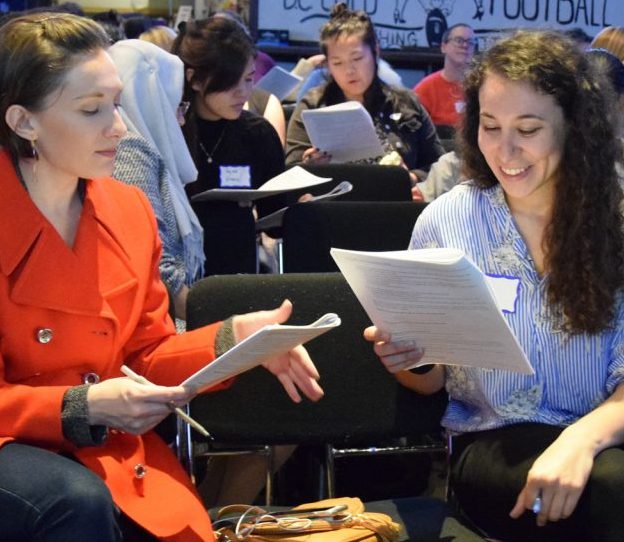Economic Security
Economic empowerment is essential to gender equity. When women get equal pay — and equal opportunity — they, their families and all of society thrive.
Economic security for women is non-negotiable.
Economic security for women is non-negotiable for a flourishing society.
American women have made significant strides toward economic equality: they make up nearly half of the U.S. workforce, and 45% of women are their family’s primary or co-breadwinner. Yet men continue to earn more money — and accumulate more wealth — than women do.
Within the past two decades, the gender pay gap has only narrowed by 3 cents. In 2003, women working full-time earned 80 cents on the dollar paid to their male counterparts, which by 2023, increased to 83 cents. The pay gap amounts to a loss of nearly $462,000 over the course of a woman’s 40-year career.
This needs to change. And it’s not just women who will benefit — when women win, their families, communities and the economy win. What’s more, breaking down barriers for women will open new opportunities for everyone, regardless of gender.
Caregiving
Critical policies like pay equity, paid family, medical, and sick leave, quality and affordable dependent care, and a full range of reproductive health care services support students to complete their education and achieve economic security.
Retirement Security
A lifelong pay gap culminates in the fact that women have significantly less income than men during their retirement years. AAUW advocates for policies that advance women’s economic security in retirement, including strengthening Social Security, Medicare, and Medicaid.
Reproductive Freedom
To ensure economic equity, AAUW advocates affordable access to a full range of reproductive health services — including contraception and abortion care — for all women regardless of location.
AAUW in Action

Public Policy
AAUW directly advocates on economic equity issues in coalition, including the Equal Pay Today Roundtable, the National Work and Family Coalition, and the Leadership Conference on Civil and Human Rights’ Employment Task Force.

Get Empowered
AAUW takes a multipronged approach to advancing women’s economic security. A key component is equipping women with the tools and resources they need to boost their careers through salary negotiation, financial literacy, and leadership trainings.
Take Action
There are lots of ways to get involved with AAUW’s work to advance gender equity. Together, we can make a difference in the lives of women and girls.
Sign up for news & updates
Stay connected with AAUW and join our mission to advance gender equity. Sign up for our updates to receive the latest news, events, and opportunities to make an impact in the lives of women and girls.
